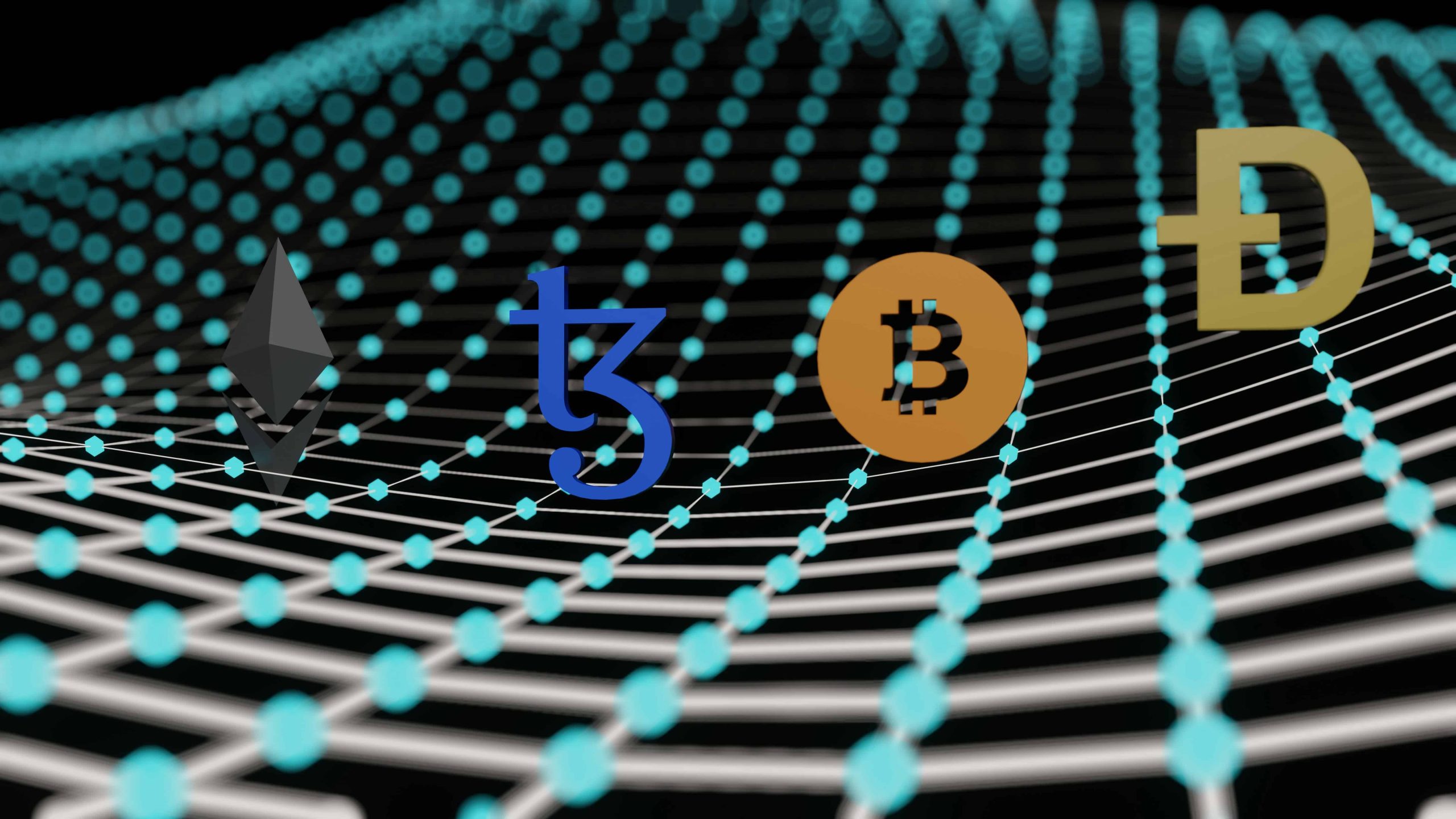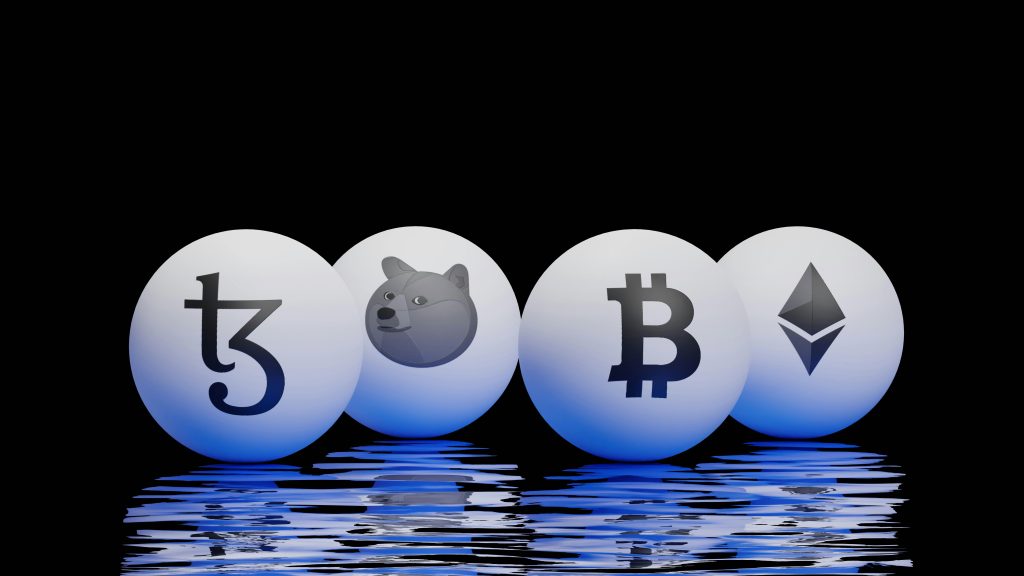
21 Sep Ultimate Guide to Choosing the Perfect Blockchain for Your NFT Development
Introduction
Non-fungible tokens (NFTs) have revolutionized the digital landscape by providing a unique way to own and trade digital assets. These tokens rely on blockchain technology to verify ownership and ensure scarcity. NFTs represent digital ownership of various items such as art, music, videos, in-game assets, and even virtual real estate. As the NFT market continues to grow, selecting the right blockchain for NFT development becomes crucial. The blockchain chosen will impact transaction speed, costs, security, and overall project success. In this guide, we’ll explore the key factors to consider when choosing a blockchain and review some of the most popular options available.
Key Factors to Consider
Scalability
Scalability refers to a blockchain’s ability to handle an increasing number of transactions without compromising performance. A scalable blockchain can process transactions quickly without significant delays or high fees, even as demand grows. High scalability reduces network congestion, ensuring a smooth user experience. For NFT projects, scalability is crucial because it affects how many users can interact with the platform simultaneously. Popular blockchains like Ethereum have faced scalability challenges, leading to high gas fees during peak times. In contrast, newer blockchains like Solana and Polygon have been designed with scalability in mind, offering faster transaction speeds and lower costs.
Security
Security is paramount in the world of NFTs. A secure blockchain protects against hacks, fraud, and other malicious activities. Ensuring that the chosen blockchain has robust security measures, such as consensus mechanisms and encryption, is vital to safeguarding digital assets. The security of a blockchain is often determined by its consensus algorithm. For example, Bitcoin and Ethereum use Proof of Work (PoW), which is highly secure but energy-intensive. Other blockchains, like Cardano and Tezos, use Proof of Stake (PoS) or its variants, which offer security with improved energy efficiency. It’s essential to research the security track record of a blockchain before committing to it for NFT development.
Transaction Fees
Transaction fees can significantly impact the user experience and the financial viability of NFT projects. High fees can deter users and reduce the profitability of transactions. For example, during times of high network congestion, Ethereum’s gas fees can become prohibitively expensive, making small transactions unfeasible. On the other hand, blockchains like Binance Smart Chain and Polygon offer lower transaction fees, making them attractive for both developers and users. It’s important to choose a blockchain with reasonable and predictable fees to maintain user engagement and project sustainability. Some blockchains also offer fee predictability through fixed fees or fee capping mechanisms.
Interoperability
Interoperability refers to a blockchain’s ability to interact with other blockchains. This feature allows NFTs to be easily transferred and utilized across different platforms, enhancing their utility and marketability. A blockchain with strong interoperability can provide more opportunities for innovation and collaboration. For instance, Polkadot and Cosmos are designed with interoperability at their core, enabling seamless communication between different blockchains. Ethereum also supports interoperability through layer 2 solutions and sidechains. Interoperable blockchains can help avoid ecosystem silos, allowing for greater liquidity and broader adoption of NFTs.
Community & Developer Support
A strong community and extensive developer resources are crucial for the success of an NFT project. Blockchains with active communities and comprehensive documentation offer better support, troubleshooting, and development tools. This support can accelerate project development and foster innovation. Ethereum, for example, has a vast developer community and numerous resources, including detailed documentation, tutorials, and forums. This makes it easier for developers to find help and collaborate on projects. Solana and Polkadot also have growing communities and support systems, which can be advantageous for new projects looking to leverage collective knowledge and resources.
Environmental Sustainability
Environmental concerns are increasingly important in blockchain technology. Some blockchains consume significant amounts of energy, contributing to carbon footprints. For example, Bitcoin and Ethereum’s PoW mechanisms require substantial computational power, raising environmental sustainability issues. Choosing an environmentally sustainable blockchain can align with corporate social responsibility goals and appeal to eco-conscious users. Blockchains like Tezos, Cardano, and Algorand use PoS or other energy-efficient consensus mechanisms, significantly reducing their environmental impact. Projects that prioritize sustainability can benefit from positive public perception and potentially attract environmentally conscious investors and users.
Popular Blockchains for NFT Development
Ethereum
Ethereum is the most widely used blockchain for NFTs, known for its robust smart contract capabilities and extensive developer community. Despite high transaction fees and scalability issues, Ethereum’s established ecosystem makes it a top choice. The introduction of Ethereum 2.0 aims to address these challenges by transitioning to a PoS consensus mechanism and implementing shard chains to improve scalability. Additionally, Ethereum’s ERC-721 and ERC-1155 standards are the most commonly used protocols for creating NFTs, providing a well-established framework for developers.
Solana
Solana offers high scalability and low transaction fees, making it an attractive option for NFT developers. Its fast transaction speeds and growing ecosystem provide a competitive alternative to Ethereum. Solana uses a unique Proof of History (PoH) consensus combined with PoS, allowing it to process thousands of transactions per second. This makes Solana suitable for high-frequency applications and large-scale NFT projects. The Solana ecosystem is rapidly expanding, with numerous NFT marketplaces and decentralized applications (dApps) being developed on the platform.
Polygon (MATIC)
Polygon, formerly known as Matic, operates as a layer 2 scaling solution for Ethereum, reducing transaction fees and improving speed. Its compatibility with Ethereum allows for seamless integration with existing projects. By leveraging sidechains, Polygon provides faster transaction times and lower costs while maintaining security through the Ethereum mainnet. This makes Polygon an excellent choice for developers looking to scale their Ethereum-based projects without migrating to a completely new blockchain.
Binance Smart Chain (BSC)
Binance Smart Chain provides a low-cost and fast alternative to Ethereum. With its growing ecosystem and strong backing from Binance, BSC is a viable option for NFT developers seeking efficiency and affordability. BSC uses a PoS consensus mechanism, which allows for faster block times and lower fees compared to Ethereum. The Binance NFT Marketplace, along with various other platforms on BSC, provides ample opportunities for NFT trading and development.
Tezos
Tezos is known for its energy-efficient consensus mechanism and on-chain governance. Its self-amending nature allows for continuous upgrades without hard forks, making it a sustainable choice for NFT projects. Tezos uses a variant of PoS called Liquid Proof of Stake (LPoS), which enhances security and efficiency. The Tezos community actively supports NFT development, with several marketplaces and platforms dedicated to NFTs already in operation. Its focus on sustainability and governance makes Tezos an appealing option for long-term projects.
Conclusion
Selecting the right blockchain for NFT development is a critical decision that depends on various factors, including scalability, security, transaction fees, interoperability, community support, and environmental sustainability. Each blockchain offers unique advantages and trade-offs, and the “best” blockchain ultimately depends on the specific needs and goals of the NFT project. By carefully considering these factors, developers can make informed choices that align with their project’s requirements and ensure long-term success in the evolving NFT landscape. The dynamic nature of blockchain technology means that ongoing research and adaptability are essential for staying ahead in the competitive NFT market.
Key Takeaways
Scalability | Ability to handle high transaction volumes without delays or high fees. | Ethereum, Solana, Polygon (MATIC), Binance Smart Chain |
Security | Robust measures against hacks and fraud are determined by consensus mechanism. | Ethereum (PoW), Cardano, Tezos (PoS), and Solana (PoH + PoS) |
Transaction Fees | Impact on user experience and project profitability. | Ethereum (high), Binance Smart Chain, and Polygon (low) |
Interoperability | Ability to interact with other blockchains for seamless NFT transfer. | Polkadot, Cosmos, and Ethereum (through layer 2 solutions) |
Community & Developer Support | Active support systems enhance project development and innovation. | Ethereum, Solana, and Polkadot |
Environmental Sustainability | Focus on energy-efficient consensus mechanisms to reduce carbon footprint. | Tezos, Cardano, and Algorand |
Popular Blockchains | Overview of leading choices for NFT development based on specific features. | Ethereum (ERC-721, ERC-1155), Solana (PoH + PoS), Polygon (MATIC), Binance Smart Chain, and Tezos (LPoS) |
Frequently Asked Questions
What are the key factors to consider when choosing a blockchain for NFT development?
When selecting a blockchain for NFTs, consider scalability, security, transaction fees, interoperability, community support, and environmental sustainability. These factors impact transaction speed, costs, security, and the user experience. For instance, Ethereum offers robust smart contracts, while Solana boasts high scalability and low fees, making them popular choices.
How do transaction fees affect NFT development on different blockchains?
Transaction fees significantly impact the user experience and project viability. Ethereum’s high gas fees during peak times can be prohibitive, while blockchains like Binance Smart Chain and Polygon offer lower fees. Choosing a blockchain with reasonable and predictable fees ensures user engagement and project sustainability, enhancing the overall NFT trading experience.
Why is environmental sustainability important in blockchain selection for NFTs?
Environmental sustainability is crucial due to the energy-intensive nature of some blockchains. Choosing blockchains like Tezos, Cardano, or Algorand, which use energy-efficient consensus mechanisms, aligns with eco-conscious goals and attracts environmentally aware users. Sustainable practices can enhance a project’s public image and appeal to a broader audience concerned with environmental impact.
Step into the world of Web3 with us! Learn how cutting-edge technologies like blockchain, smart contracts, and decentralized applications are paving the way for a new era of the internet, one that promises greater privacy, security, and user empowerment.



